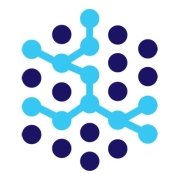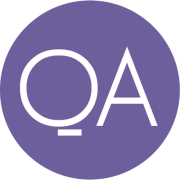Regression Testing Tools help ensure that new code changes do not negatively impact existing functionalities. These tools automate repetitive testing processes, making code maintenance efficient and reliable.
Regression Testing Tools are essential for maintaining software quality and stability. They automate the process of re-running test cases against the modified codebase to detect defects introduced by recent changes. These tools are indispensable for large-scale applications with frequent updates, as they reduce manual testing efforts and provide quick feedback to developers.
What critical features do these tools offer?In industries such as finance, healthcare, and e-commerce, Regression Testing Tools are implemented to guarantee compliance with regulatory requirements and to maintain customer trust. For instance, in finance, they ensure that new updates do not compromise transaction integrity.
Regression Testing Tools are helpful for organizations aiming to streamline their development processes, maintain high software quality, and ensure rapid deployment cycles.



































There are four primary techniques that developers can use when they are running regression tests. Developers can choose the technique that is most appropriate for their particular situation.
Regression testing and user acceptance testing (UAT) are different testing protocol types that are conducted at totally different points of the application development process. UAT is a testing protocol that runs the initial testing, while an application is under development. This is the testing that takes place prior to an application reaching its intended end user. UAT takes place before users ever see the end product. Regression testing is conducted after the product has already been rolled out and used. User data can play an important role in the regression testing process.
In order for applications to adapt to the constantly changing technical world, they need to be upgraded. This can come with risks, as patches could introduce code to the application that interferes with what is already there. Upgrades might negatively impact the performance of the application’s features. Developers conduct regression tests to spot and resolve such issues before they impact the application’s users.
There are several basic types of regression testing methods. These methods include:
1. Corrective regression testing is used when no changes have been introduced in the product’s specification of the product. Existing test cases can be used to retest the product.
2. Selective regression testing analyzes the impact of the new code on the existing software. Selection regression testing is conducted before any new code is introduced to the product. This kind of testing uses a subset of the test case that already exists, reducing the cost of retesting.
3. Progressive regression testing is used when the application developers come up with new testing cases or when changes have been made to the application’s specifications. This ensures that the changes to the application don’t hinder the functioning of the features that are already a part of the application.
4. Partial regression testing is conducted any time users have added code to their already existing code. The purpose of these tests is to make sure that the application continues to function as it did previously despite the addition of new code.
There are a number of features that should be part of the designs of effective regressive testing tools. These features include:
Application developers can benefit in many different ways if they choose to employ regression testing tools. These benefits can include: